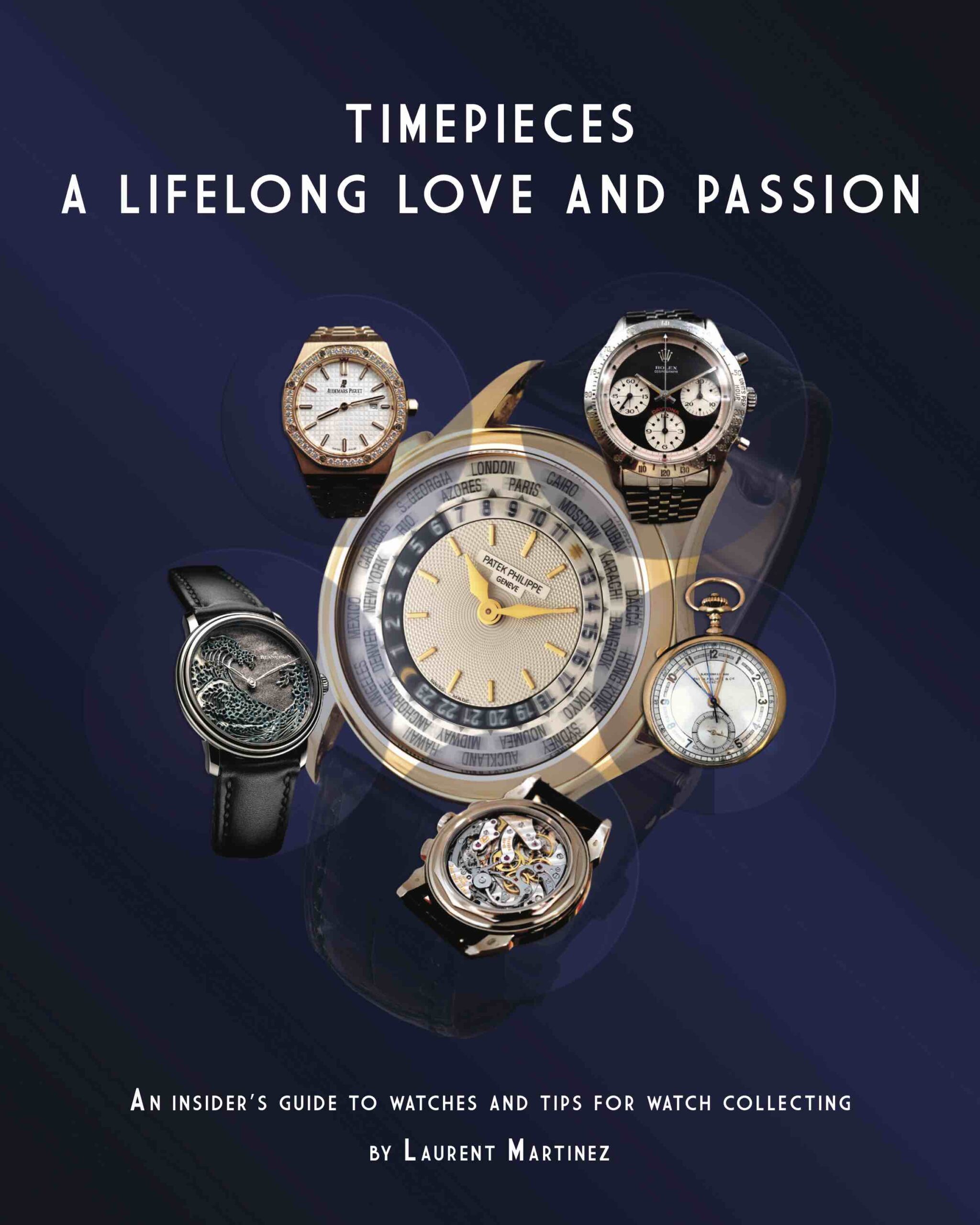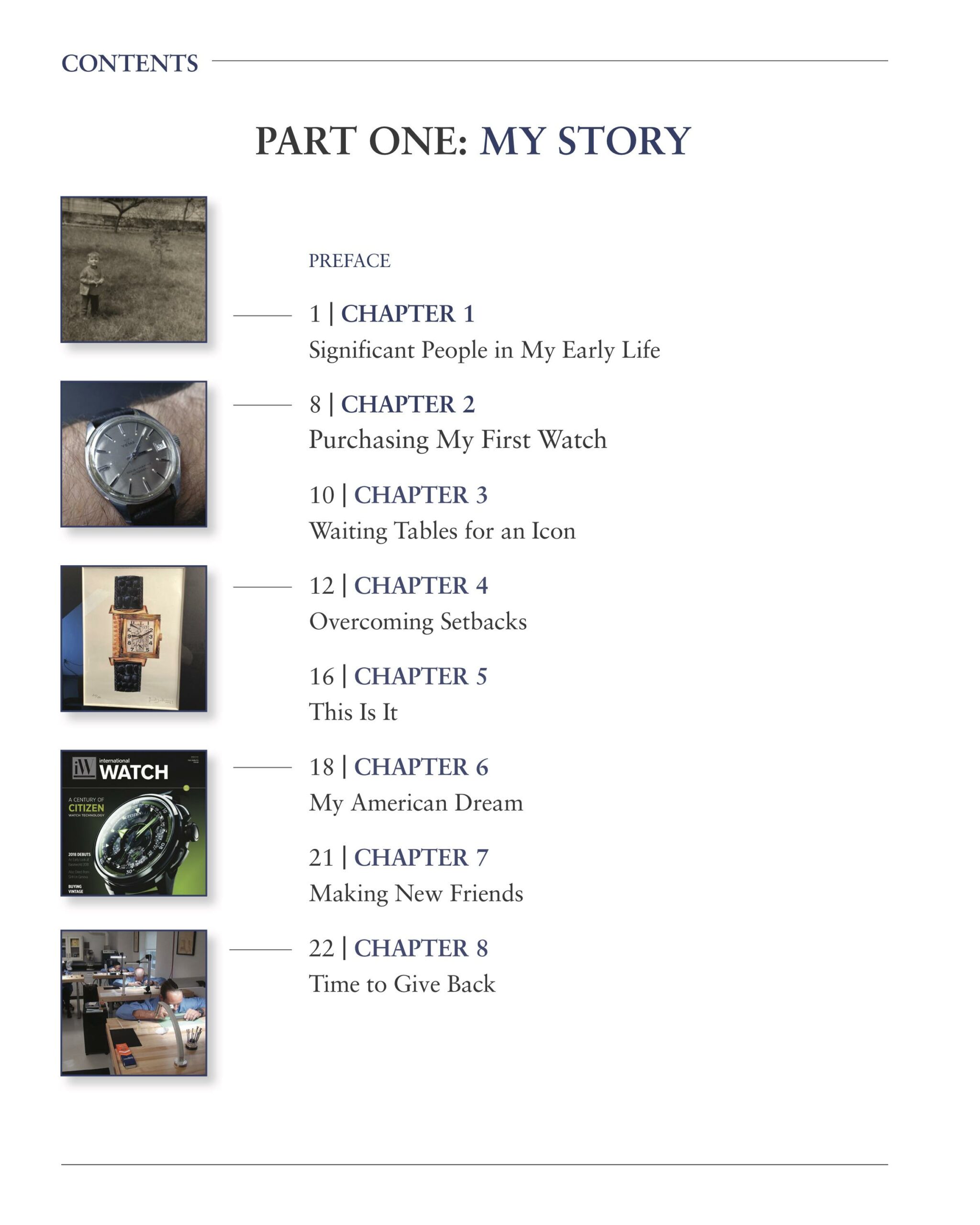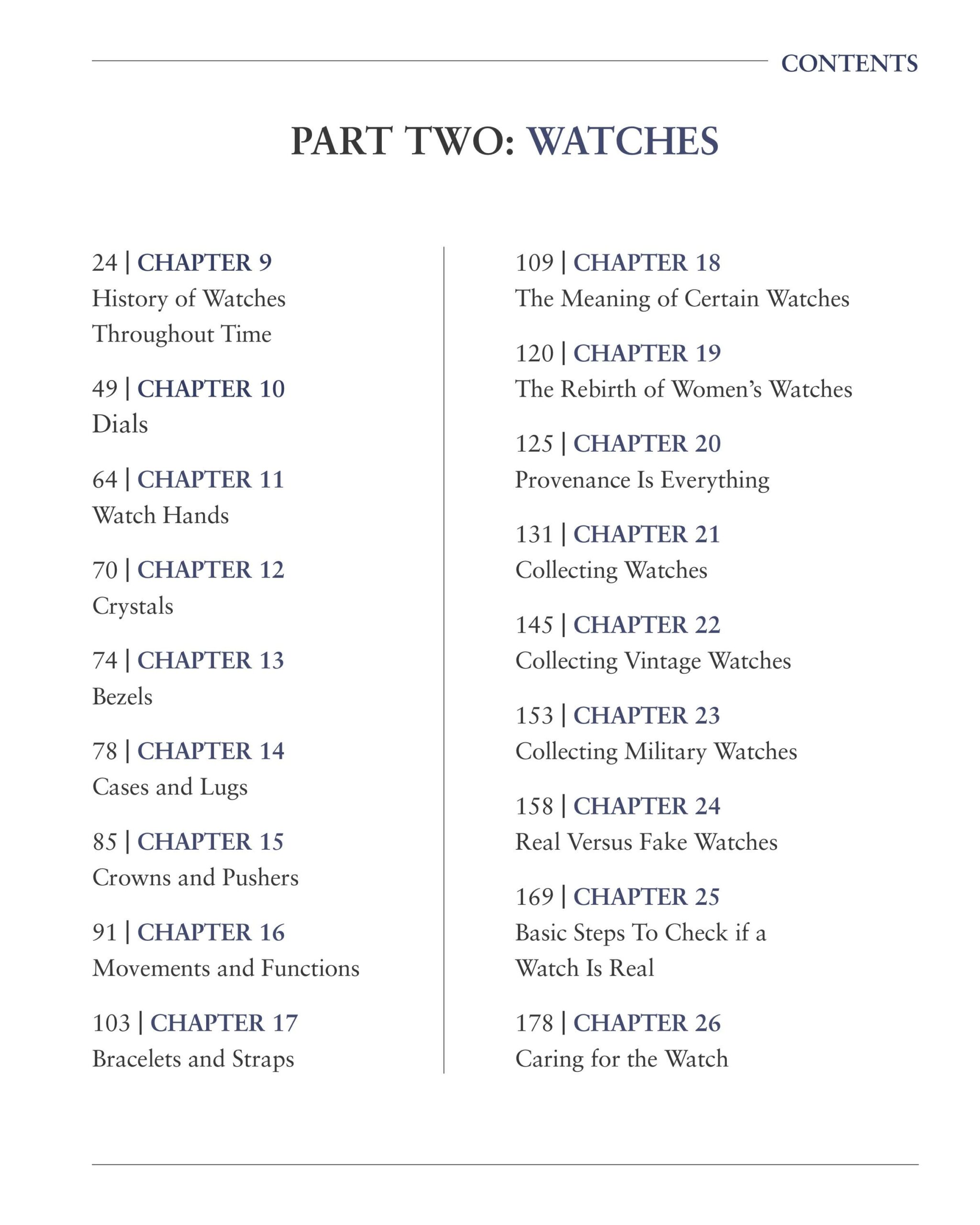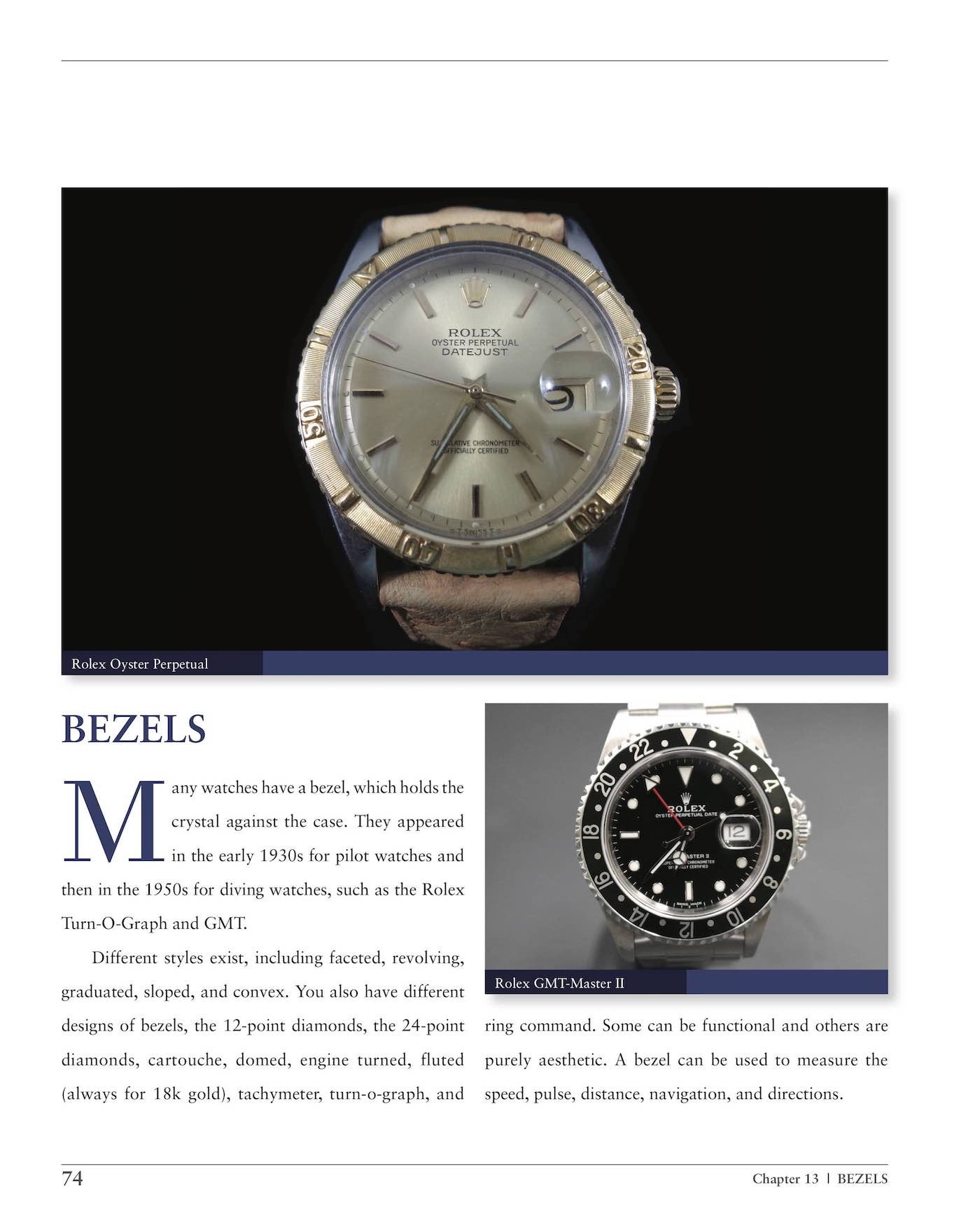By Laurent Martinez
When I decided to write my book, ‘Timepieces, a Lifelong Love and Passion,’ I made a commitment to give away proceeds from book sales. Naturally, since I’m passionate about watches, I thought that I should look into donating to an organization within this field. After some research, I found something quite interesting.
In 1945, Joseph Bulova’s son Arde founded The Joseph Bulova School of Watchmaking. Arde Bulova “wished to repay, in some small measure, the sacrifice and service of returning disabled veterans after the Second World War.”
The goal of the school was to provide training and rehabilitation for these heroes. The watchmaking school helped train an entire generation of American watchmakers — entirely tuition-free. I found this to be a very honorable endeavor but I was not sure if the organization was still in operation.
After further research, I discovered that the original Joseph Bulova School of Watchmaking closed in 1993. However, it was revived a few years ago and renamed the ‘Veterans Watchmaker Initiative’ or VWI.
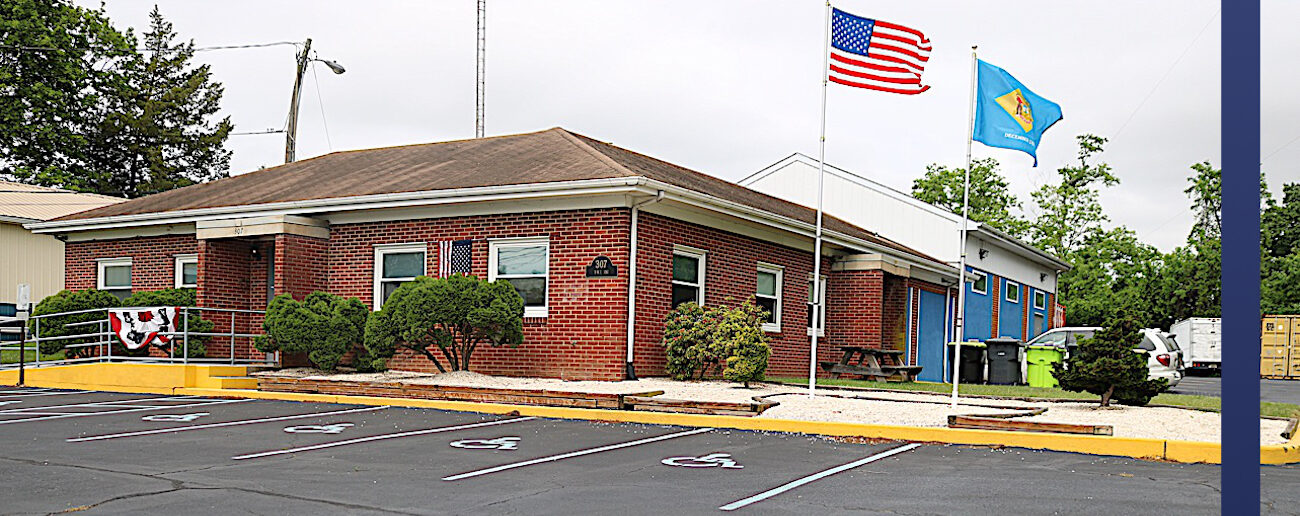
The goal of VWI remains the same: to provide tuition-free training, support, and referral services to wounded veterans returning from war.
Since I greatly admire this initiative, I decided that the money from my book sales would be donated to VWI to help train these true heroes — to give hope not only to the students but to their families and communities too.
The Team
After almost three years between writing the book, publishing it, and selling it, I was ready to go and meet with the organization to make my first donation. I was also curious to meet the team behind VWI.
My meeting was set up for a personal visit at their location in Odessa, Delaware, where I was to meet Sam Cannan, the head of the organization, and some of the staff, teachers, and students. I did not know what to expect, but now I can say it was a wonderful experience.
While the school’s philosophy is no doubt beautiful on paper, meeting veterans Cameron Garrish, Ben Herring, Tanner Caraway, Marc Clodfelter, Joey Tucker, Eric Perciado, Chris Tullis and listening to their stories was very emotional, honorable, humbling, and rewarding.
As you can imagine, all these guys have had a tough life — before, during, and after the wars they served in. I could feel each of them wanting to succeed in becoming a watchmaker and looking forward to starting a new life.
I could sense as much pride from the students as from the teachers.
I attended a class with teacher Don Morton and witnessed the spirit of the team, as well as the individual attention given to each student.

The school has a high percentage of success and most students are hired even before graduating and getting their certifications. Some graduates will take their first career steps at prestigious companies like Tiffany & Co.

In addition to the training operation, VWI is also a repair center for Bulova watches. A new building is currently being prepared to stock and manage all the watch parts inventory.
Sam Cannan and his team, including Debbie Katzmire, worked tirelessly to secure and renovate the building. They also managed to source the equipment and tools, most of which are donated by universities, from watch brands, and individuals. 
The organization is the fantastic result of a team working to make goals a reality. The VWI also benefits from board members like Michael Benavente (Managing Director of Bulova and Accutron) and Diane James (Director of Strategic Brands at Watchbox), who bring their watch industry experience and expertise.
The watch industry needs more watchmakers, and an organization like the Veterans Watchmaker Initiative can solve this shortage problem. The school is currently training seven people to become watchmakers, though this number could easily be increased with more support from the watch community and industry.
The Veteran Watchmaker Initiative is a very transparent organization; I even saw their statements to see where funds are allocated and the cost of operations.
During my visit I saw a vibrant and refreshing company dedicated to the good of our society and its people — and this was a wonderful feeling. It also reminds us that veterans have sacrificed their lives for our freedom, and our contribution will never fully pay back their service.
Laurent Martinez is the proprietor of Laurent Fine Watches, Greenwich, Connecticut. Read more by him at blog.laurentfinewatches.com or visit his site at www.laurentfinewatches.com.




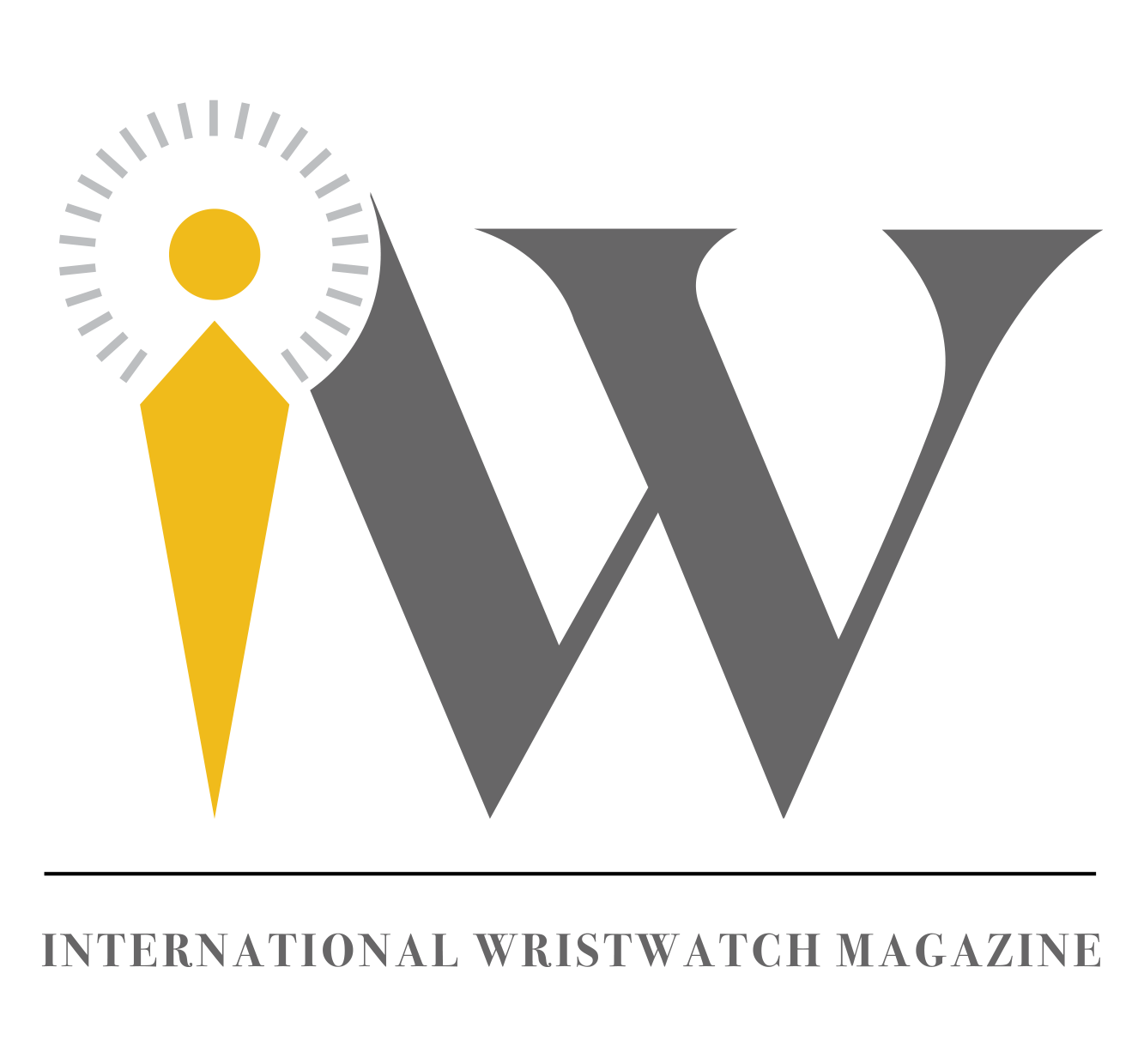





























 One of my clients recently told me that when he buys a vintage watch, he is passionate about recreating the complete set — as it would have been originally sold at the store.
One of my clients recently told me that when he buys a vintage watch, he is passionate about recreating the complete set — as it would have been originally sold at the store.









